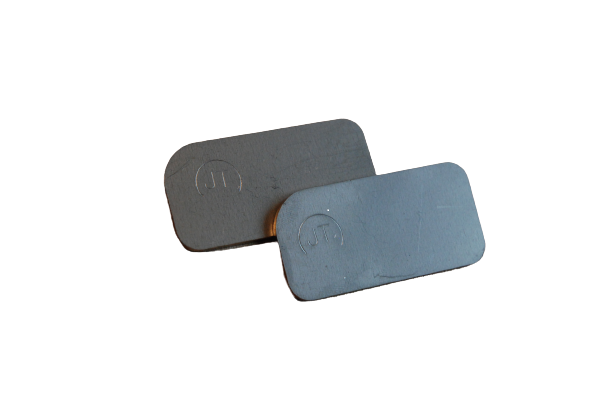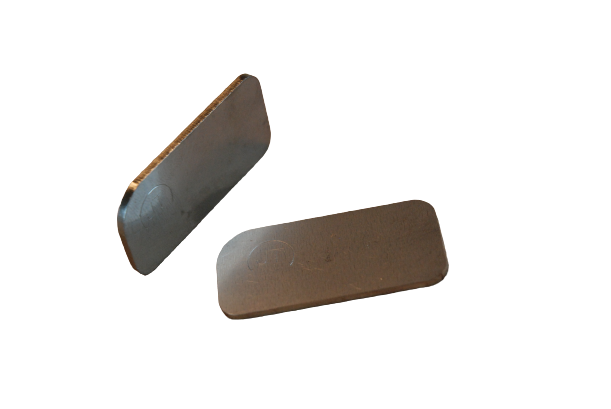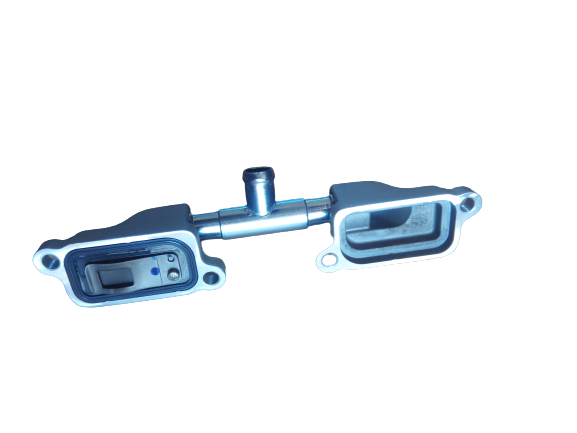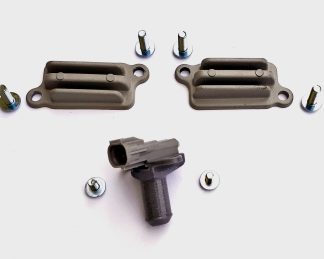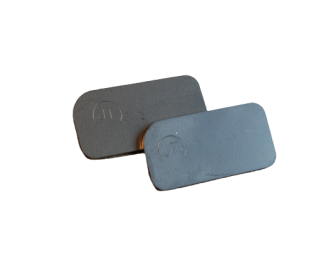Description
Blanking the channels leading to the AIS (sometimes incorrectly referred to as EGR) valve will render it inoperative. This not only increases the cleanliness of the engine, but also breaks the connection between the exhaust passages of the individual cylinders and they cease to interact under pressure. After installation, it is not possible to detect that the AIS is out of action without disassembly, i.e. no error codes in the engine control unit and no problems during checks.
Specified for EURO4 models (i.e. model years up to and including 2020). This kit cannot be used on EURO5 models (i.e. from model year 2021)!
Purely Czech production (including purchase of materials from Czech suppliers) with emphasis on quality.
AIS exhaust duct plugs are of our own development!
The AIS valve closes/connects the exhaust manifold to the intake manifold and allows clean air to flow from the intake to the exhaust (and vice versa), reducing the concentration of exhalations in proportion to the total amount of exhaust gases and allowing fuel residue to burn off. This bureaucratic nonsense carries with it negatives such as fouling of the system with exhaust gases and thus limited lifetime (then the check engine light comes on and you have to go to the workshop for diagnostics).
We have developed plugs which, by their design, eliminate the function of connecting the intake and exhaust manifolds. The solution also prevents individual cylinder pressures in the exhaust manifold from affecting the quality of the fresh mixture filling the cylinders and idle stability, among other things. The elimination of “controlled” mixture burn-up in the exhaust (i.e. less spray into the exhaust, e.g. during deceleration) results in a smoother flow of gases in the exhaust manifold and thus a smoother transition from deceleration to acceleration.

